USPGA: 4 reasons for European success
Why have European players fared so well recently in the year's final Major?

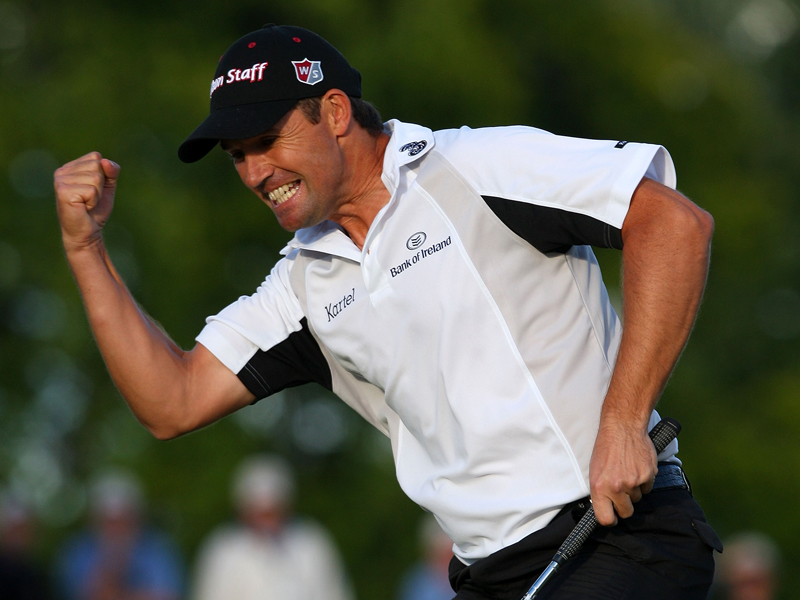
Four of the last seven USPGA Championships have been won by European players. Why the recent success after so many years of home domination?
Before Padraig Harrington claimed the 2008 USPGA Championship at Oakland Hills Country Club in 2008, the last European-born player to win the event was Tommy Armour back in 1930.
But, including Harrington’s triumph, four of the last seven USPGA Championships have been won by European players. And these guys – Harrington, Kaymer and McIlroy – haven’t been standing alone against their trans-Atlantic rivals, they’ve been ably supported by a band of European golfers, all of whom have been vying for USPGA glory, not just making up the numbers. To clarify this: Since 2008, European golfers have recorded 33 top-10 finishes in the USPGA Championship. American golfers are only two ahead of that number with 35 in the same span of time.
This is an event that used to be utterly dominated by home players. To put recent European success into context: through the whole of the 1980s, there were only five top-10 finishes recorded by European players in the USPGA Championship. And, in fact, there were only 19 top-10 finishes by non-US players.
So what has caused this dramatic shift in the balance of golfing power? How have European players come to enjoy such success in a tournament that was once a bastion of American supremacy? Here are four of the factors:
1 – Numbers
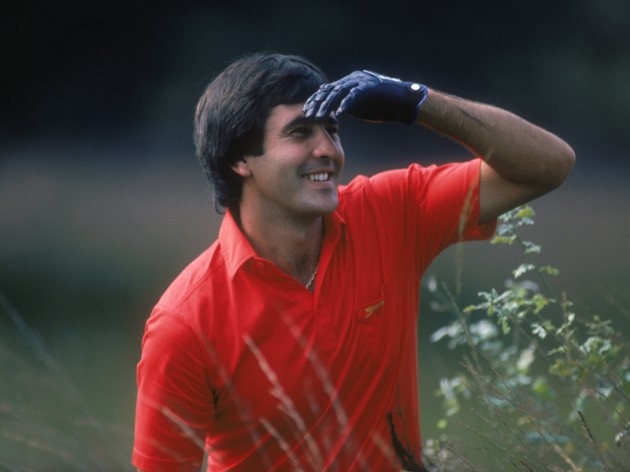
There’s one key reason that more European players have enjoyed success at the USPGA Championship in recent years – there have been more of them. If we look at the 1984 PGA Championship won by Lee Trevino, there were just three European players in the field – Seve, Faldo and Peter Oostherhuis. 30 years later, when Rory McIlroy won at Valhalla, there were 39 Europeans on the start list. There are more qualification options for European players to make it into the event than there once were, plus many European golfers now ply their trade on the PGA Tour circuit and can qualify automatically via that route. More of the top European golfers starting the tournament means there are, of course, more chances of one of those players finding top-gear and enjoying a great week.
Subscribe to the Golf Monthly newsletter to stay up to date with all the latest tour news, equipment news, reviews, head-to-heads and buyer’s guides from our team of experienced experts.
2 – Success breeds success
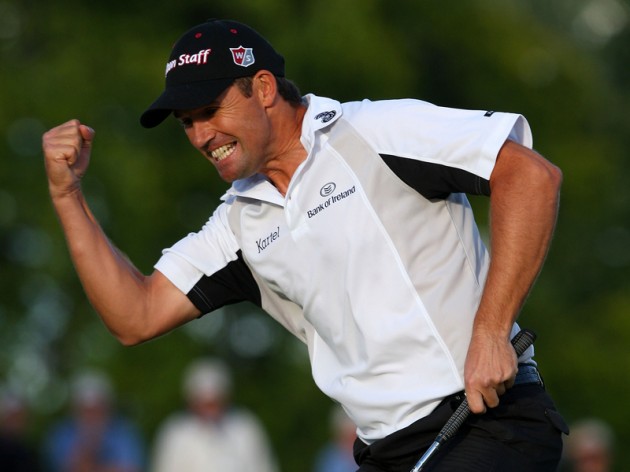
Since Padraig Harrington won in 2008, European players have gained more self-belief. It used to be thought the USPGA was a closed shop to overseas golfers, but players from the Southern hemisphere started to make an impact in the 1990s and then the Europeans got in on the act after Harrington had opened the floodgates. When Harrington lofted the Wanamaker Trophy in ’08, many of the European Tour’s best thought, “Well, if he can do it, then so can I.”
Rory McIlroy - how I became a champion:
3 – The courses
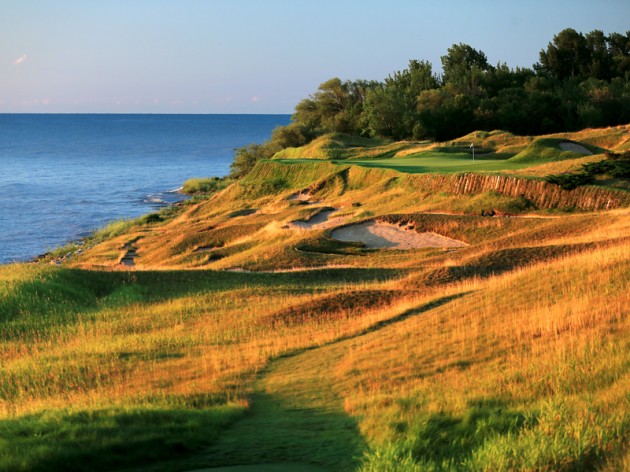
In recent years the courses used for the USPGA Championship have been quite varied in style and, a couple in particular, have suited the European golfers who’ve learned their trade over many different course types. Kiawah Island, where Rory won in 2012, is a course buffeted by ocean breezes, forcing the players to control their ball flights. And Whistling Straits, where Kaymer won in 2010 (and a venue we’re heading back to this year,) is also a track that demands creativity and control. The European golfers are used to adapting their games on a weekly basis, and this gives them an advantage over these types of courses, as most American PGA Tour regulars play very similar, target-style courses on a weekly basis and these more rugged, windswept tracks cause them problems.
4 - Experience
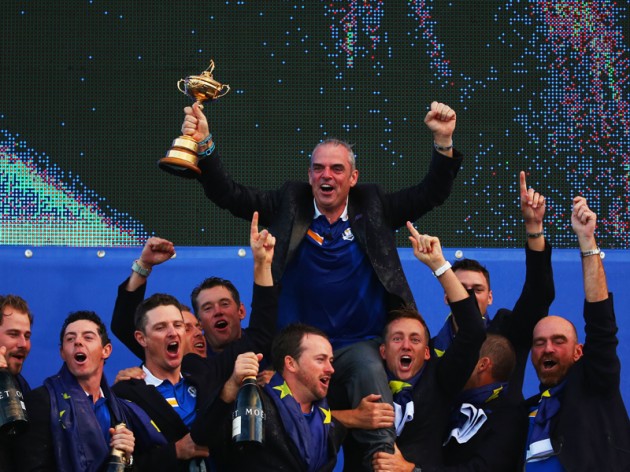
Many European players would, in years gone by, have been intimidated by taking on the American PGA pros in their own back yard. The Americans represented the very top of the pile and some players from this side of the pond believed they couldn’t compete against them. That’s no longer the case. Many European Tour players mix schedules and regularly go toe to toe with the PGA Tour’s best, often getting the upper hand. The Ryder Cup has also shown the Europeans that they can beat the Americans, sometimes with a little to spare. Many of the Europeans who’ll play at Whistling Straits this week will have considerable experience of Major championship golf, and they won’t be fazed by it.

Fergus is Golf Monthly's resident expert on the history of the game and has written extensively on that subject. He has also worked with Golf Monthly to produce a podcast series. Called 18 Majors: The Golf History Show it offers new and in-depth perspectives on some of the most important moments in golf's long history. You can find all the details about it here.
He is a golf obsessive and 1-handicapper. Growing up in the North East of Scotland, golf runs through his veins and his passion for the sport was bolstered during his time at St Andrews university studying history. He went on to earn a post graduate diploma from the London School of Journalism. Fergus has worked for Golf Monthly since 2004 and has written two books on the game; "Great Golf Debates" together with Jezz Ellwood of Golf Monthly and the history section of "The Ultimate Golf Book" together with Neil Tappin , also of Golf Monthly.
Fergus once shanked a ball from just over Granny Clark's Wynd on the 18th of the Old Course that struck the St Andrews Golf Club and rebounded into the Valley of Sin, from where he saved par. Who says there's no golfing god?